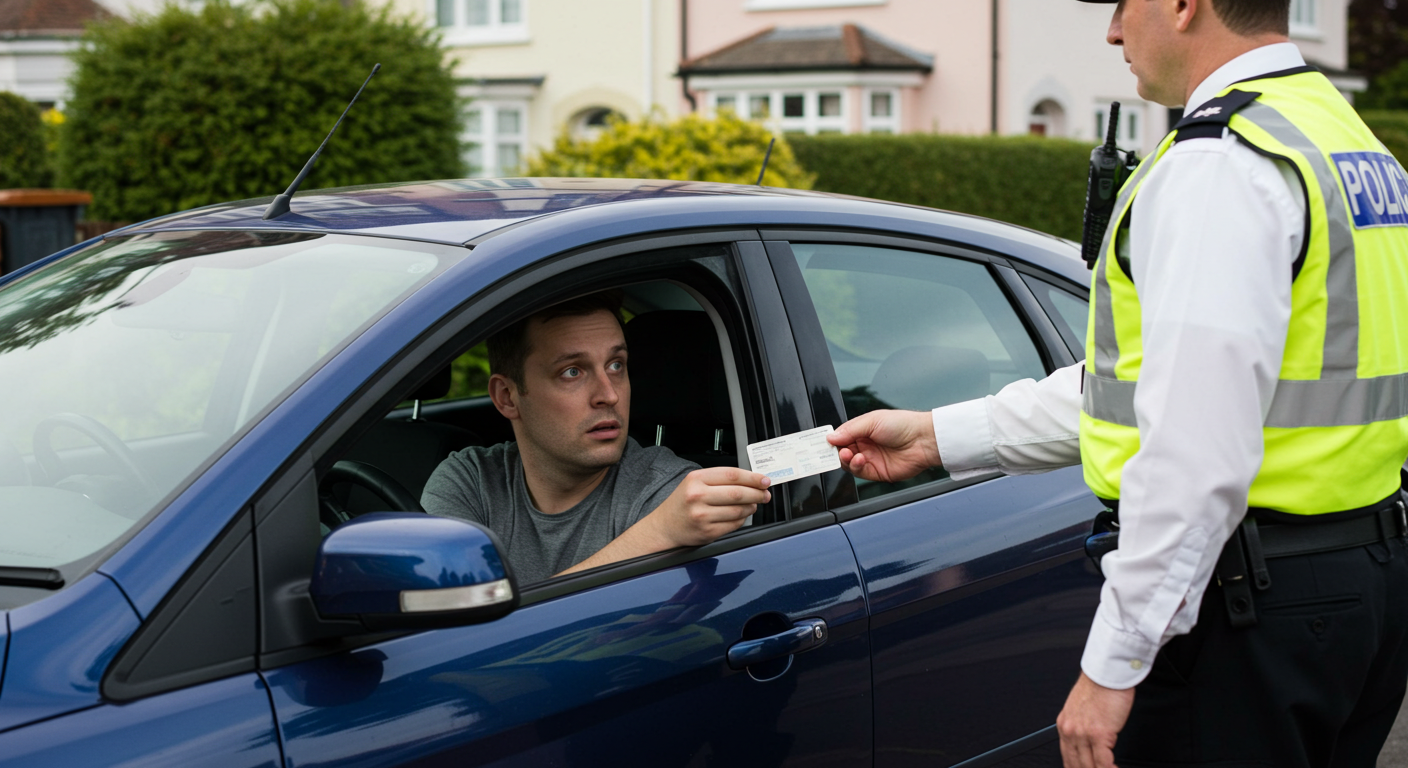Demystifying Driving Offence Codes in England
When it comes to road safety and traffic regulations in England, understanding driving offence codes is crucial. These alphanumeric codes serve as a universal language for categorising and identifying specific driving violations. In this article, we will explore what driving offence codes are, how they work, and what some common codes signify.
What are Driving Offence Codes?

Driving offence codes, also known as endorsement codes or penalty points, are alphanumeric combinations used to represent specific driving offences. These codes are assigned to drivers who commit traffic violations, and they carry varying penalty points based on the severity of the offence.
Accumulating penalty points can result in fines, driving disqualifications, or other legal consequences.
Common Driving Offence Codes

- SP30 – Exceeding the statutory speed limit on a public road: SP30 is one of the most common driving offence codes. It is assigned to drivers who exceed the posted speed limit on a public road. Depending on the degree of the offence, it typically results in three to six penalty points on your driving record. Excessive speeding can lead to more severe consequences.
- CU80 – Using a mobile phone while driving: CU80 is a code assigned to drivers caught using a mobile phone behind the wheel. This offence endangers both the driver and others on the road. It carries three penalty points and serves as a strong deterrent against distracted driving.
- IN10 – Using a vehicle uninsured against third-party risks: IN10 is a serious offence related to driving without proper insurance coverage. It is assigned when a driver is caught without insurance. This offence can result in six to eight penalty points, substantial fines, and possible legal action.
- DR10 – Driving or attempting to drive with an alcohol level above the limit: DR10 is associated with driving under the influence of alcohol. It is a grave offence that poses a significant risk to road safety. DR10 typically results in three to eleven penalty points, a substantial fine, and a possible driving ban.
- CD10 – Driving without due care and attention: CD10 is assigned for careless driving, which may involve actions like tailgating, overtaking inappropriately, or not paying proper attention to the road. It can lead to three to nine penalty points, depending on the seriousness of the offence.
- TS10 – Failing to comply with traffic light signals: TS10 is a code given when a driver disregards traffic light signals, such as running a red light. It usually carries three penalty points, highlighting the importance of obeying traffic signals to prevent accidents.
- DD40 – Dangerous driving: DD40 is a severe code assigned for dangerous driving behaviour that poses a significant risk to others on the road. It can result in three to eleven penalty points, disqualification from driving, or even imprisonment, depending on the circumstances and the court’s decision.
- LC10 – Driving without a valid licence: LC10 is assigned when a person drives without a valid driver’s licence. It is a serious offence and can result in three to six penalty points. Driving without a valid license is not only illegal but also potentially dangerous.
It’s essential to note that the number of penalty points associated with each code can vary based on the circumstances of the offence and the court’s decision. Once a driver accumulates 12 or more penalty points within a three-year period, they may face a driving disqualification.
Conclusion: Demystifying Driving Offence Codes in England

Understanding driving offence codes in England is crucial for all drivers to ensure they adhere to traffic laws and maintain road safety. These codes help authorities categorise and penalise specific violations appropriately.
To avoid penalties and potential disqualification, it’s essential to drive responsibly, stay informed about the driving laws, and seek legal advice if you are unsure about a particular offence or its consequences. Adhering to traffic regulations not only ensures your safety but also contributes to safer roadways for all.
Notice: Informational Content Disclaimer
The content provided on this website, including articles, blog posts, and other informational materials, is intended for general informational purposes only. It is not intended as, and should not be considered, legal advice.
Visitors to this website should be aware that the information presented here is not a substitute for seeking legal advice from a qualified solicitor or legal professional. Each individual's legal situation is unique, and the information provided may not be applicable to specific circumstances.
If you require legal advice or have specific legal questions, we encourage you to contact us directly. Our experienced team of solicitors is here to assist you with your legal needs and provide tailored advice to address your concerns.
Please be advised that any communication through this website, including the use of contact forms or email, does not create a solicitor-client relationship. Confidential or time-sensitive information should not be sent through this website. To establish a solicitor-client relationship and discuss your legal matters in detail, please contact us for a consultation.
We strive to provide accurate and up-to-date information, but we make no representations or warranties regarding the accuracy, completeness, or suitability of the information contained on this website. We shall not be liable for any reliance placed on the information provided herein.
Thank you for visiting our website. We look forward to the opportunity to assist you with your legal needs.





